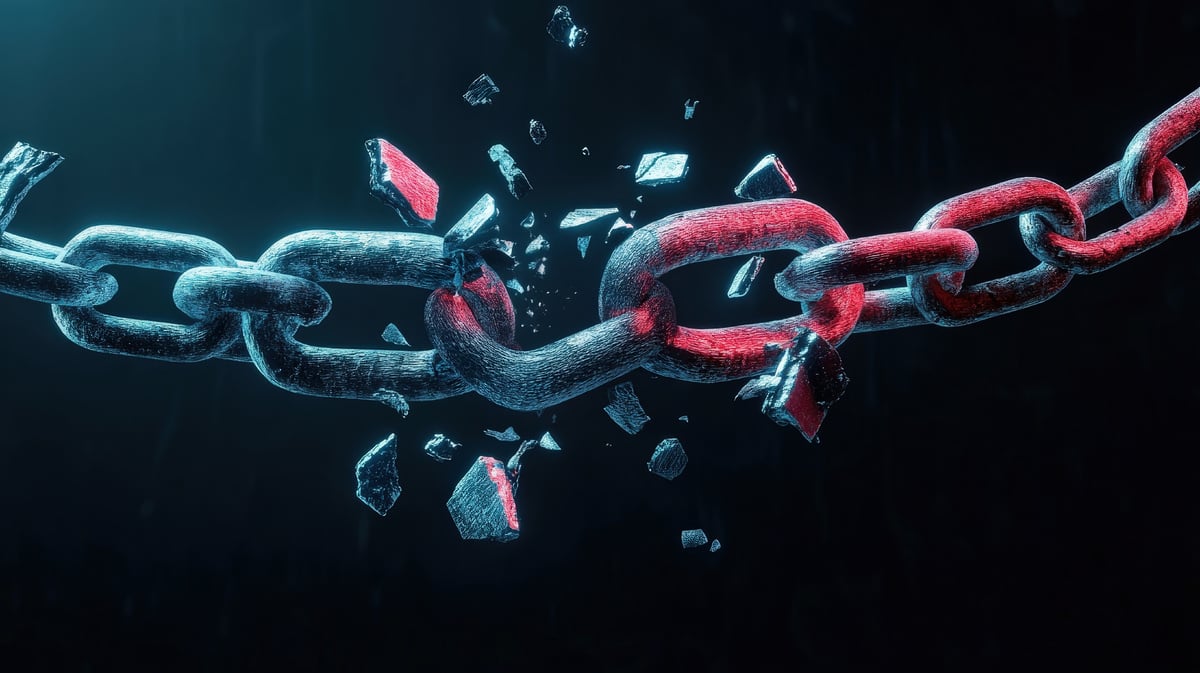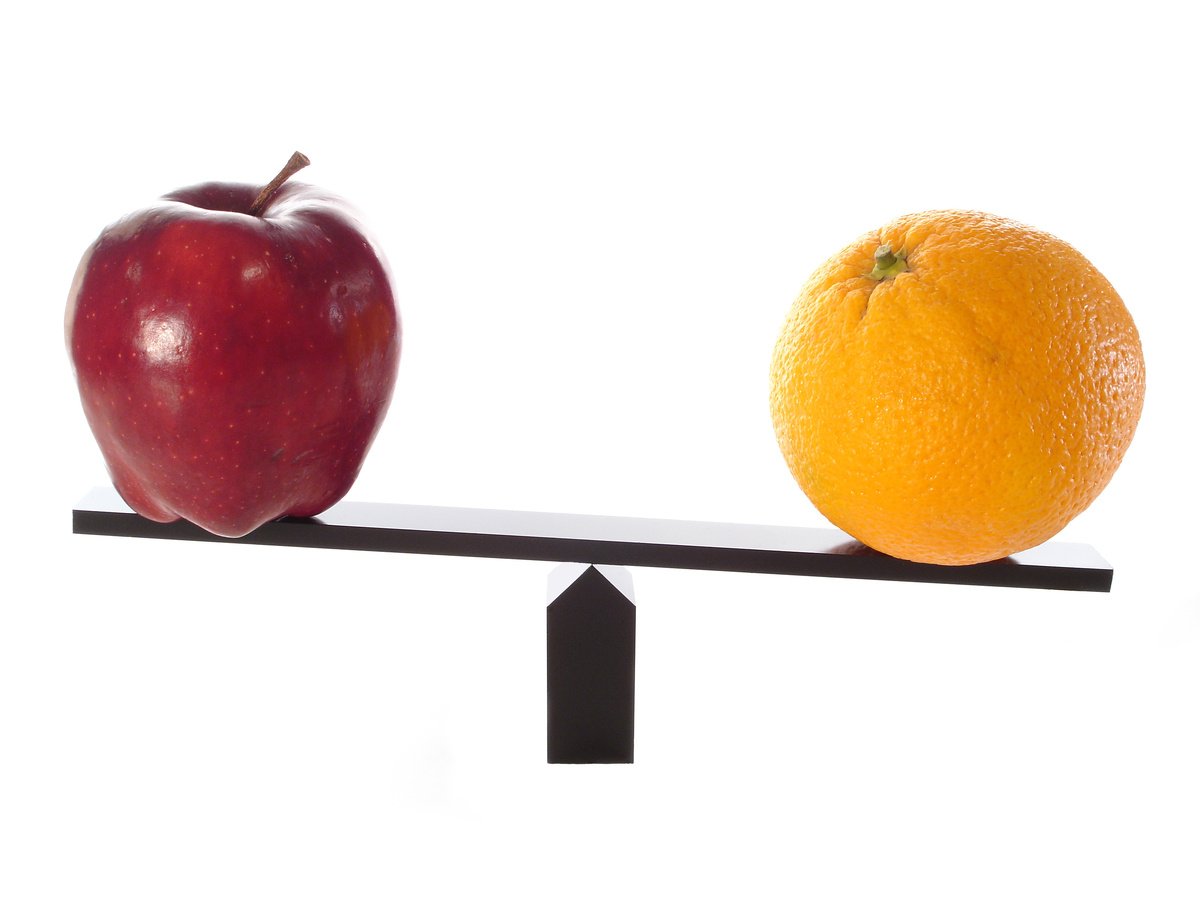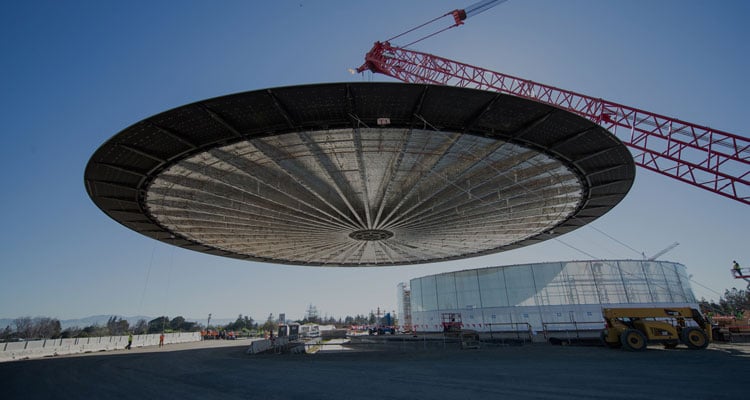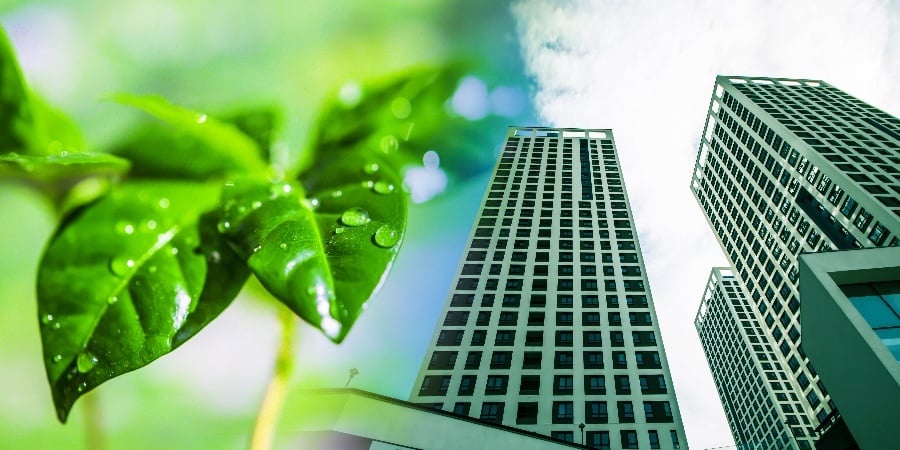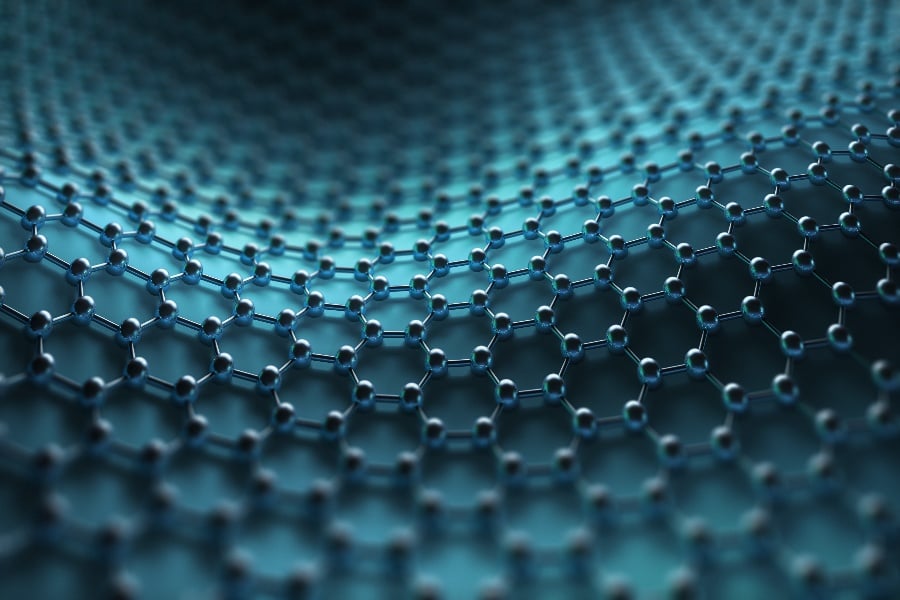
Hey there, composite enthusiasts! If you've been in the manufacturing game long enough, you know pultrusion has come a long way from its humble beginnings. Back in the day, this process—where continuous fibers are pulled through a resin bath and shaped in a die—was plagued by limitations: clunky machinery, limited material choices, inconsistent quality, and products that couldn't always stand up to harsh environments. But oh, how the tables have turned!
Today's pultrusion technology is a powerhouse of innovation, boasting breakthroughs that make historic constraints look like ancient history. Let's dive into the game-changing advances that are propelling pultrusion into a new era of efficiency, durability, and versatility.
Cutting-Edge Machine and Tooling Technologies: Precision Like Never Before
Gone are the days when pultrusion setups were rudimentary and unreliable. Modern manufacturers of pultrusion machines are readily available, offering state-of-the-art systems that deliver unparalleled consistency and speed. These machines aren't just faster; they're smarter, with automated controls that minimize human error and maximize output.
But the real magic happens in the tooling. Advances in die manufacturing and composition have transformed what was once a bottleneck into a seamless process. Today's dies are engineered with superior materials that resist wear and heat, allowing for complex shapes and longer production runs without degradation. Add to that innovative forming and feed tooling designed specifically for improved composites, and you've got a system that handles intricate designs with ease.
One of the standout improvements? Enhanced alignment and direction of fiber and fabric orientation. Historically, misaligned fibers led to weak spots and structural failures, but now, precise tooling ensures every strand is perfectly positioned. This means stronger, more reliable products that outperform their predecessors in every metric—tensile strength, flexibility, you name it. Pultrusion today isn't just manufacturing; it's precision engineering at its finest.
Resin Innovations: Tougher, Smarter, and More Versatile
Resins were once the Achilles' heel of pultrusion—limited options like basic polyesters that cracked under pressure or couldn't handle extreme conditions. Enter the resin revolution! Polyurethane is now a star player, bringing flexibility and impact resistance that historic resins could only dream of. Advances in epoxy formulations have elevated adhesion and chemical resistance, making pultruded parts ideal for demanding applications.
We're also seeing higher-temperature resins that laugh in the face of heat that would melt older materials. And with increased choices for better protection from damages—be it corrosion, abrasion, or environmental stressors—pultrusion products are now built to last in industries like aerospace, automotive, and construction. These innovations aren't just incremental; they're transformative, turning what was a fragile process into one that produces battle-tested composites ready for the real world.
Additives and Fillers: Boosting Performance to New Heights
Historic pultrusion often resulted in products vulnerable to fire, weathering, or poor aesthetics—think faded colors and brittle surfaces after a few seasons outdoors. Not anymore! Additive innovations and developments have supercharged these materials with properties that address every weakness.
Improved exposure to fire and outdoor weathering means pultruded components can endure flames, UV rays, and relentless rain without breaking a sweat. Enhanced appearance keeps them looking sleek and professional, while superior electrical and thermal insulation opens doors to electronics and energy sectors that were once off-limits. These fillers aren't just add-ons; they're game-changers, making pultrusion the go-to for high-performance applications where reliability is non-negotiable.
Veils: The Ultimate Protective Layer
Surface protection was another historic headache—pultruded items prone to sun damage, chemical erosion, or unsightly wear. Today's choice in veils has flipped the script entirely. These specialized layers offer shielding from sunlight, radio waves, and chemical contact, ensuring longevity in even the harshest environments.
Plus, with options for wear resistance and impeccable surface appearance, your final product doesn't just perform—it shines. Whether it's a structural beam or a decorative panel, these veils provide that extra edge, making pultrusion products not only functional but visually stunning.
Reinforcements: Endless Options for Tailored Strength
Remember when fiberglass was pretty much your only reinforcement choice? Limited, costly alternatives left manufacturers settling for less. Today's landscape is a buffet of high-tech options: carbon fibers for lightweight strength, aramid fibers for impact resistance, polyester and nylon fibers for cost-effective durability.
Don't forget basalt and high-strength fiberglass fibers, which deliver specific results like enhanced corrosion resistance or superior stiffness. And for those custom needs? Mats, woven, and knit fabrics from various materials and processes allow for designed applications that match exact specifications.
This diversity means pultrusion can now produce everything from ultra-light aircraft parts to heavy-duty infrastructure components, all with optimized performance that historic methods couldn't touch.
The Future? Even Brighter Than the Past
If the leaps we've seen in pultrusion are any indication, the future is dazzling. We're on the cusp of reinforcements that combine the affordability of fiberglass with the strength and lightweight prowess of pricier fibers—democratizing high-end composites for everyone.
And hold onto your hats: we're awaiting the invention and development of a polymeric activated mineral resin that can withstand temperatures akin to molten rock. Imagine pultruded materials thriving in volcanic-like conditions—extreme heat applications in energy or manufacturing could be revolutionized.
In wrapping up, today's pultrusion isn't just overcoming historic limitations; it's obliterating them. With these advances, manufacturers are creating stronger, more durable, and infinitely more versatile products that push boundaries and drive industries forward.
If you're not already excited about pultrusion's potential, you should be—it's not just a process; it's the future of composites. What's your take? Drop a comment below on how these innovations are impacting your world!

